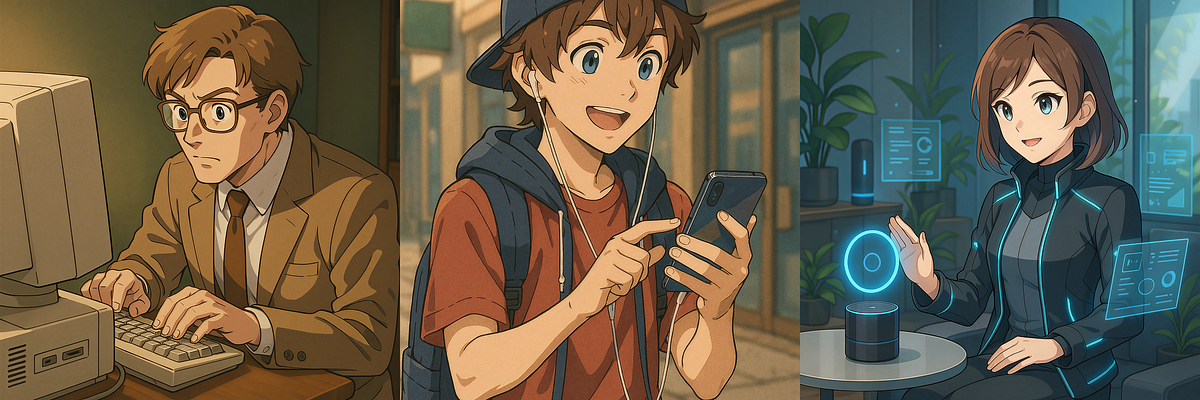
"Inspired by the article "A User Experience 3.0 (UX 3.0) Paradigm Framework: User Experience Design for Human-Centered AI Systems", authored by Wei Xu - chief scientist at HCAI Labs, former chairman of Intel's HCI technical committee, and former researcher at Boeing - I decided to write this text about how the concept of UX 3.0 represents the transition from interface-centered design to design driven by intelligent agents and cognitive experiences."
"We are witnessing the advent of UX 3.0, a new era that invites us to transcend the design of "pages" to prepare a journey between ecosystems in a multiversed experience between human intelligence and artificial intelligence in a symbiosis that transcends the execution of tasks, and begins to co-create the reality of our solutions for our pains and needs."
"This isn't just an incremental evolution; it's a fundamental redefinition of our role as designers, driven by artificial intelligence (AI), the interconnectedness of devices, and the growing demand for experiences that are not just functional, but deeply human, ethical, and emotionally resonant."
UX 3.0 redefines user experience by integrating human-centered design with artificial intelligence, shifting focus from single interfaces to agent-mediated cognitive experiences across ecosystems. Intelligent agents and interconnected devices coordinate to anticipate needs, personalize interactions, and co-create solutions that go beyond task execution. Designers must adopt ethical, emotional, and contextual priorities, emphasizing symbiosis between human intelligence and AI. The role of design evolves from crafting pages to orchestrating multiversed journeys that traverse systems, platforms, and devices. This paradigm requires new methods, evaluation metrics, and multidisciplinary collaboration to ensure experiences remain deeply human, responsible, and emotionally resonant.
Read at Medium
Unable to calculate read time
Collection
[
|
...
]